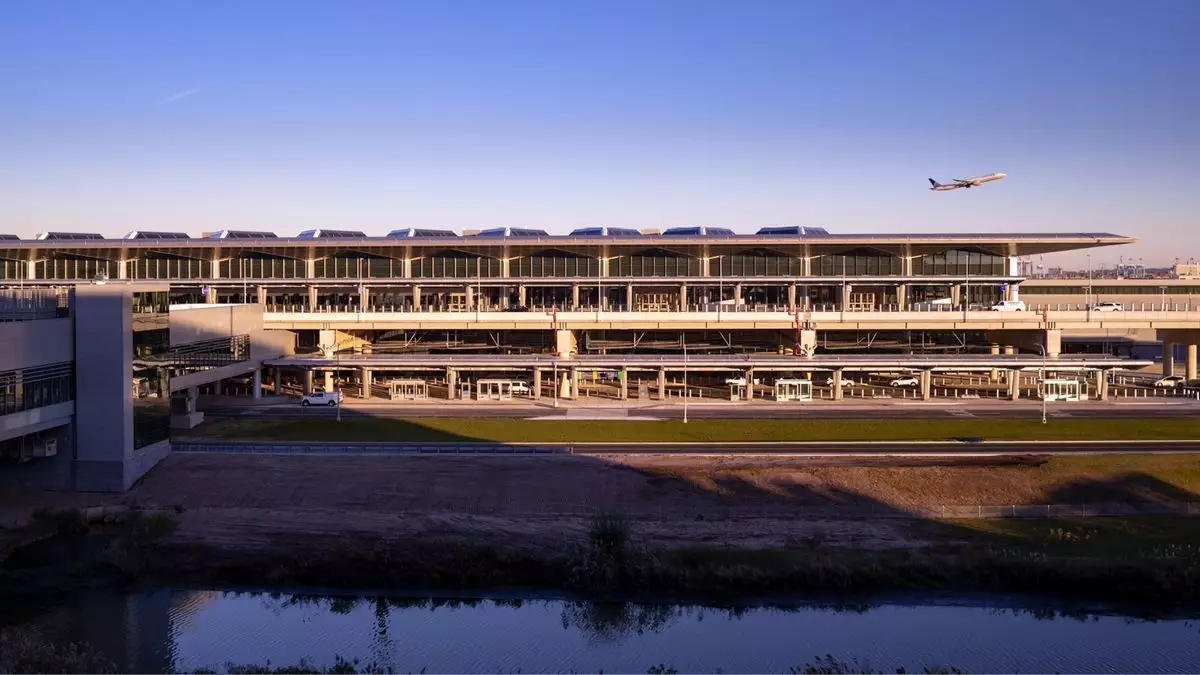The air traffic control facility managing operations for Newark Airport is experiencing a troubling series of technology outages that not only compromise safety but also affect the well-being of workers. Recently, several air traffic controllers have taken leaves of absence, primarily due to the stress induced by frequent operational disruptions. The Federal Aviation Administration (FAA) confirmed that these absences are exacerbating existing challenges, leading United Airlines to cancel 35 flights in an ongoing struggle to maintain a reliable service for travelers. This situation raises significant concerns about the effectiveness of our air traffic control system, particularly at one of the nation’s busiest airports.
The FAA has suggested that the mental strain on controllers due to repeated technological failures is substantial. “Frequent equipment and telecommunications outages can be stressful for controllers,” said an FAA spokesperson, highlighting that some employees are actively seeking time off to recuperate from these overwhelming pressures. Unfortunately, the highly specialized nature of air traffic control means that immediate replacements are not a viable option, and there seems to be a delay in training new controllers who can step into these critical roles.
Flight Cancellations and Delays: The Ripple Effect
On May 6 alone, Newark Airport saw an alarming average departure delay of 244 minutes, coupled with 62 canceled flights that accounted for 12% of its daily schedule, according to data from FlightAware. This situation is not an isolated incident; delays and cancellations have unfortunately become the norm for travelers using Newark. For example, on May 5, the airport experienced 79 flight cancellations and significant delays with 193 flights impacted. Earlier in the week, the disruption continued with over 70 cancellations on April 28, demonstrating a troubling pattern that has left many travelers frustrated.
The long-standing issues at Newark Airport are multifaceted, stemming from inherent capacity challenges that the facility faces even during routine operations. The FAA has had to introduce measures to allow airlines to operate up to 10% fewer flights than typically required just to manage traffic flow efficiently. Adding to the chaos is ongoing runway construction, which can dramatically affect operational capacity, especially during adverse weather conditions.
The Root Causes: Outdated Technology and Insufficient Staffing
While several factors are at play in Newark’s operational challenges, the most pressing concern lies in the technological failures at the Philadelphia Terminal Radar Approach Control (TRACON). These challenges have been ongoing since last summer, but the situation escalated dramatically on April 28, when the facility lost radar and radio communications for a frightening 90 seconds while managing incoming flights. Such failures not only compromise safety but can plunge airport operations into disarray, as initiated holding patterns create inefficiencies and unnecessary delays.
The root cause of these outages can be traced back to an outdated air traffic control system that the FAA has long recognized as being unsustainable. A report from the U.S. Government Accountability Office (GAO) pointed to 58 air traffic control systems that have a “critical operational impact” on the national airspace. This acknowledgment underscores an urgent need for a comprehensive overhaul of the current infrastructure, which is increasingly unable to meet the demands of modern aviation.
A Call for Urgent Investment
Transportation Secretary Sean Duffy has been vocal about the necessity of modernizing the air traffic control system. Since taking office in January, he has called for substantial investment to upgrade infrastructure. The recent budget proposal from the White House suggests a significant allocation of $5 billion for enhancements to the national airspace system, including an immediate $450 million commitment to a long-overdue radar-replacement program. Such actions are moves in the right direction, but the reality is that upgrading the U.S. air traffic control system will take years of sustained effort and funding.
The conversation around air traffic control has begun to garner bipartisan support, as evidenced by Rep. Sam Graves’ recent proposal for $15 billion in new funding strictly for upgrading these critical systems. In his remarks, Duffy emphasized that “the technology we are using is old,” and if immediate action is not taken, travelers can expect to encounter similar, if not worse, disruptions throughout the national airspace.
The urgency of this situation cannot be understated. Airline passengers depend on an efficient and reliable air traffic control system, and ongoing outages threaten not only daily operations but also the overall safety of air travel. While the FAA is working to make current equipment more reliable, comprehensive investment and modernization remain the only sustainable solution to ensure safe and efficient air travel for future generations.


Leave a Reply